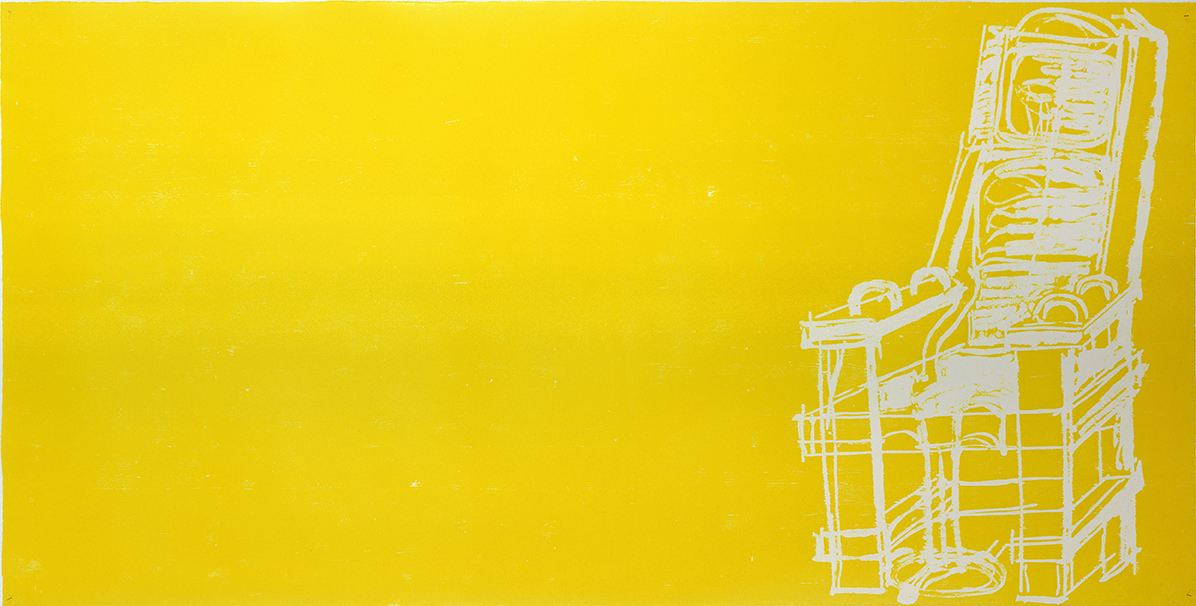Müller, Josef Felix


Born 1955 in Eggersriet, Switzerland, lives in St. Gallen
Josef Felix Müller is characteristic of the 1980s, a period in which a growing generation of artists, tired of intellectual games and the formal restraints of minimalism and conceptualism, began to rebel against the status quo. There was a return to what the minimalists and conceptualists considered to be taboo—painting and sculpture. All of the sudden, artists everywhere understood brushes and oil colours, and with enthusiasm, they started creating traditional works of art. The style of the new painters was mostly wild, often resembling German expressionism from the beginning of the last century, with provocative themes. A common theme was nude bodies writhing in sexual pleasure. This was also the case with Müller’s early paintings, which did not avoid even the touchiest sexual taboos. In 1981, his pictures were even confiscated by the police.
After paintings, Müller followed with large figurative sculptures of wooden blocks, cut with a saw or chipped away with a hatchet. The method was crude, almost careless, and the hatchet left brutally noticeable traces. Often the sculptures are painted in colours. One of his favourites is red, probably because—as he said himself—he sees parallels between cutting wood and cutting meat. During this same period, giant woodcarvings and lino-carvings were created, sometimes hollowed out of the floors of abandoned houses, other times, printed on a huge piece of paper with a steam roller.
After 2000, Müller returned to painting. His theme this time was the Swiss Alps. However, he saw them in connection with his previous sculptures: “During my figurative phase, sculpture was the right medium for me. This kind of work—creating figures from wood with a hatchet—dealt with human vulnerability. As for mountains, it was clear to me that I must paint them … Mountains are giant sculptures.” Though Müller does not paint them directly in the landscape; he uses photos taken from an aeroplane as a model.
And he stayed with landscapes. Views of the forest followed, where the contours of trees and their tops create abstract patterns, water pictures, glistening streams, or an outright attempt to capture light effects in nature. The basis for all of these images was his own photos, which are projected onto the canvas, sometimes enlarged as much as ten times. There are also paintings that resemble in size pictures by the American photo-realists, who were the first in the 1960s to use photos as a starting point for painting.
